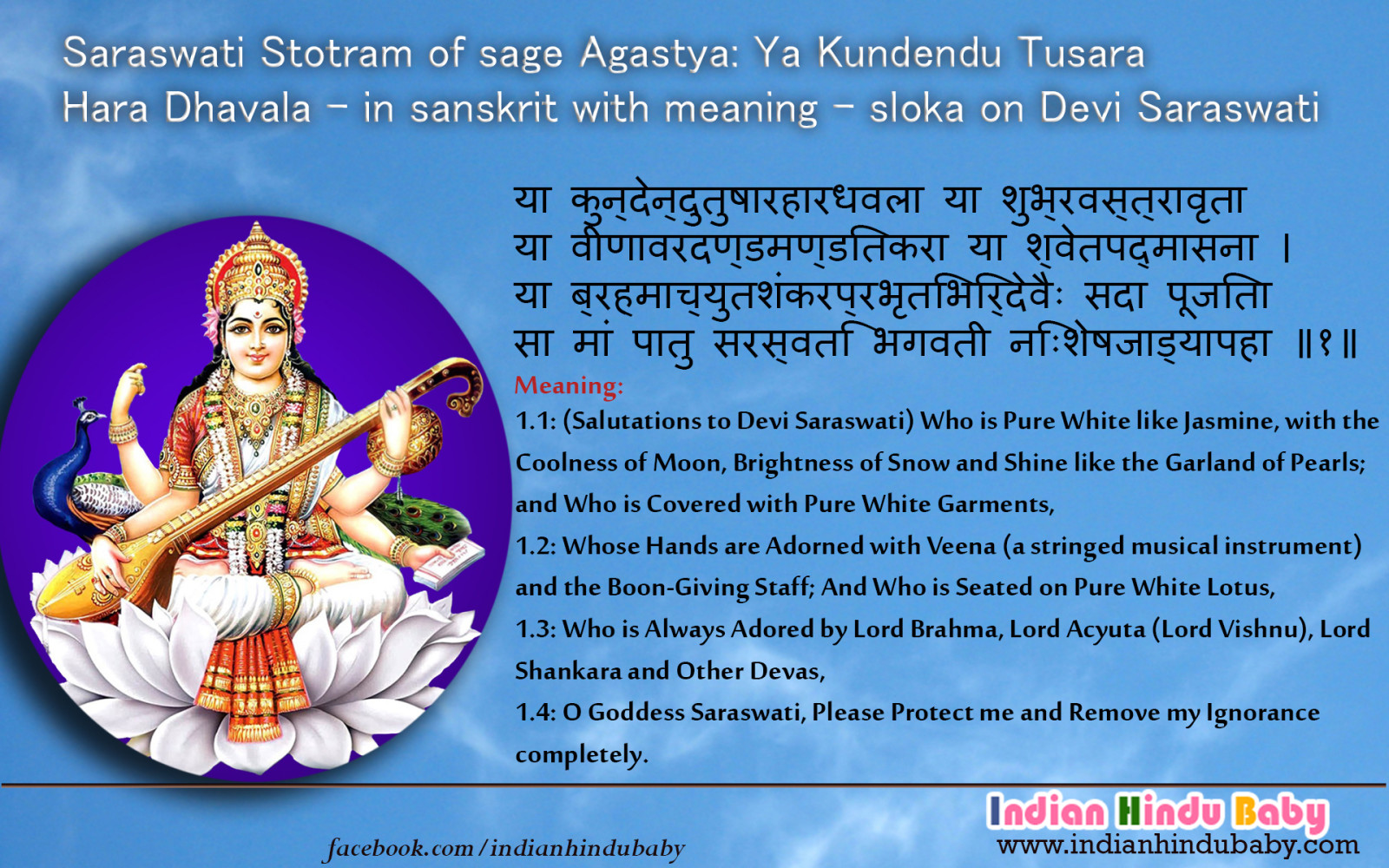India is home to many festivals and cultural observances. Foreign nationals when move from North of the country to South or vice-versa, get amazed at the number of festivals India celebrates. Most festivals have local or regional significance. Hardly any go beyond the geographical limits of a region. Since Indians follow their own lunar calendar, most Indian festivals fall on different dates on the Gregorian calendar. However, one festival is the exception to all rules. It falls on the same date on Gregorian calendar making it the only Indian festival that follows Solar calendar. Makar Sankranti, a day of dedicated to harvest of new crop, is celebrated throughout the length and breadth of country. It is called differently in some parts of country, but the spirit and zeal of celebration is identical.
Makar Sankranti also has huge importance in Indian Astronomy. Per Vedic culture, it’s on this day Sun starts its northward journey across the celestial sky. This is known as Uttarayaana. Sages advise to take bath in Holy Ganges. Many small and big melas are held along the Ganges riverbank where you can see the amalgamation of the Indian culture. Many foreigners visit India specially during this season to witness the Grand Melas on the banks near Ujjain, Allahabad; more specifically the Mahakumbh (held every 144 years; last held in 2001 and next scheduled for 2145!) at Prayag and GangaSagar Mela which is held at Bay of Bengal at the mouth of Ganges River.
| Name | Region | |
| Pongal | Tamil Nadu | |
| Makar Sankranti | Andhra Pradesh, Bengal, Kerala, Bihar, Goa, Karnataka, Orissa, Madhya Pradesh, Maharashtra, Manipur, Telangana Uttar Pradesh | |
| Uttarayana | Gujarat and Rajasthan | |
| Maghi | Haryana, Himachal Pradesh and Punjab | |
| Bihu | Assam |
In Southern India, One of the main celebration is Pongal, the first harvest of the year as celebrated by Tamils. It’s a three day celebration where on the first day people discard old things and bring in new stuff. On the second and main day, Pongal is prepared. An earthen stove is prepared in the patio or courtyard of the house. It is then decorated with freshly harvested flowers, banana leaves, sugarcane sticks and kollam. In a clay pot, milk is boiled and rice, jiggery, dry fruits are added to it. It is prepared under the Sun as a homage to the life giving energy of Sun.
In Central India, Fresh harvest is used to prepare different delicacies ranging from simple rice and daal porridge called Khichdi in Uttar Pradesh and Bihar to Fried sweetmeats in Uttarakhand and Puran Poli in Maharastra. One food that is almost synonymous with this festival is Sesame ball- you will get different version and different names in all places. Til laddoo, Til-gud, Ellu-Bella, Til chikki, tilkut, or Tilva – whatever the name be it is delicious and highly nutritious for young children, pregnant and lactating women. Other delectable one gets to taste are pheerni, pua, kheer, lai, etc.
In Punjab and Haryana, Lohri is celebrated with huge bonfires and sweetmeats, Sarson ka saag, and lots of buttermilk. And lots of bhangra! In Himachal Pradesh, people head to their local baoli to take the ritual bath. In the Kashmir Valley, it is celebrated as Shishur Saenkraat. In the North-East India, Bihu is both the festival and dance form associated with it. It is community celebration in Assam with large feasts for whole village after which young and old get together to tell old tales and participate in singing and dancing.
One more activity that is common to whole of India is kite flying. Humongous, colourful kites can be spotted in the sky in every city. Some even hold kite flying competition. But no other state is more enthusiastic about kite flying than Gujarat. Entire population of city come to the roof to cheer their favourite patangbaaz.
January 14th is also an important date in South-east Asian region. Bangladesh and Nepal celebrate it as Poush Sankranti and Megh Sankranti respectively and celebrated in similar manner as of India. Thai Songkran and Burmese Thingyan are celebrated mid-April and celebrate northward journey of Sun.

